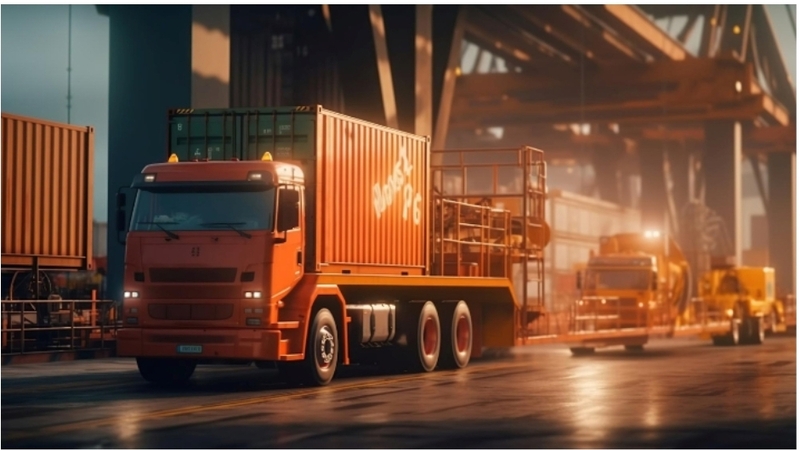Intermodal trucking is a crucial component of the modern logistics and transportation industry, playing a vital role in the global supply chain. This method of transportation involves the use of multiple modes of transportation—such as trucks, trains, and ships—without handling the freight itself when changing modes. This seamless transition between different transportation methods optimizes efficiency, reduces costs, and enhances the overall flexibility of freight movement.
Understanding Intermodal Trucking
Intermodal trucking specifically refers to the trucking portion of the intermodal transportation process. It typically involves the movement of cargo containers, standardized for compatibility with various transportation modes, between locations. These containers are designed to be easily transferred from trucks to trains or ships, minimizing the need for direct handling and reducing the risk of damage.
Key Components of Intermodal Trucking
Containers: Standardized containers, usually 20, 40, or 53 feet long, are the heart of intermodal transportation. They are robust, secure, and designed for easy transfer between different modes of transport.
Trucking
Trucks are used to transport these containers from their point of origin to intermodal terminals, and from terminals to their final destination. This is known as drayage.
Terminals
Intermodal terminals are facilities where containers are transferred between trucks and trains or ships. These terminals are strategically located to optimize the efficiency of the supply chain.
Railways and Shipping Lines
Railroads and maritime shipping lines are integral parts of the intermodal network, providing long-distance transport of containers across countries and continents.
Advantages of Intermodal Trucking
Cost Efficiency
By combining different transportation methods, intermodal trucking reduces overall transportation costs. Rail and ship transport are more fuel-efficient for long distances compared to trucking alone.
Environmental Benefits
Intermodal trucking is more environmentally friendly, as trains and ships produce fewer emissions per ton-mile than trucks. This reduces the carbon footprint of freight transportation.
Improved Reliability and Safety
The standardized nature of intermodal containers and the reduced need for handling decrease the risk of damage and loss, ensuring safer delivery of goods.
Flexibility and Scalability
Intermodal trucking offers greater flexibility in terms of routing and scheduling. It is also scalable, accommodating varying shipment sizes and types.
Challenges in Intermodal Trucking
Complex Coordination
Managing the intermodal transportation process requires careful coordination between different carriers and transportation modes, posing logistical challenges.
Infrastructure Investment
Developing and maintaining intermodal terminals and infrastructure requires significant investment. Efficient intermodal transport depends on the availability of well-developed facilities.
Regulatory Compliance
Intermodal trucking must comply with various regulatory requirements across different regions and transportation modes, which can be complex and demanding.
Congestion and Delays
Terminals and ports can become congested, leading to delays in the transfer of containers between modes. This can impact delivery schedules and overall efficiency.
Technological Innovations and Future Trends
Advancements in technology are continually enhancing the efficiency and effectiveness of intermodal trucking. Some of the notable innovations and future trends include:
Digital Platforms and Automation
Digital platforms streamline the coordination of intermodal transport, offering real-time tracking, automated scheduling, and enhanced communication between stakeholders.
Sustainable Practices
There is a growing emphasis on sustainability, with the adoption of eco-friendly practices and technologies such as electric trucks and renewable energy-powered trains and ships.
IoT and Smart Containers
The Internet of Things (IoT) and smart containers equipped with sensors provide real-time data on the condition and location of cargo, improving visibility and security.
Artificial Intelligence and Machine Learning
AI and machine learning algorithms optimize routing, predict potential disruptions, and enhance decision-making processes in intermodal transportation.
Conclusion
Intermodal trucking is a transformative approach to freight transportation, offering a blend of cost efficiency, environmental benefits, and operational flexibility. Despite its challenges, the continuous evolution of technology and infrastructure is poised to further enhance the effectiveness of intermodal trucking. As global trade continues to grow, intermodal trucking will remain a cornerstone of the logistics industry, driving forward the seamless and sustainable movement of goods across the world.
